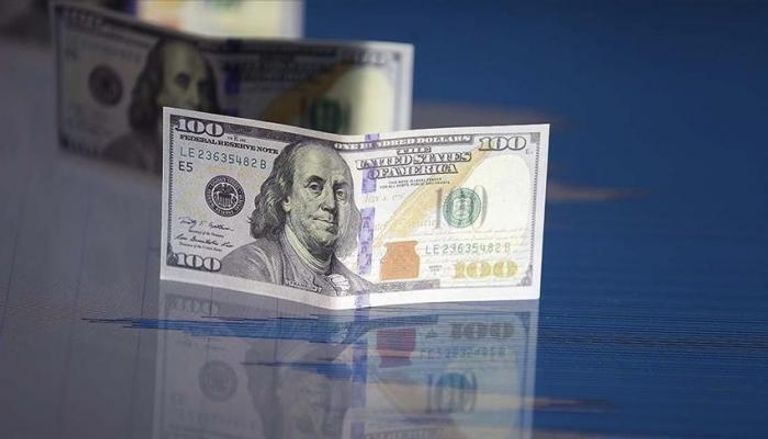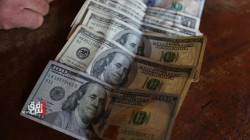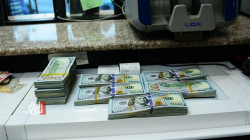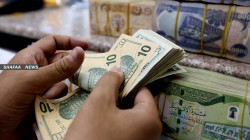FOREX-Dollar set for weekly rise.. The second in a row

Shafaq News/ The U.S. dollar was set for a second week of broad gains on Friday, with even a rate hike in Japan unable to halt its march, and a surprise cut in Switzerland highlighting the gap between the Federal Reserve and global peers in interest rate settings.
Expectations for policy easing in China have piled pressure on its currency, for example, and it dropped sharply to a four-month low in the onshore session, spooking equity investors and prompting state banks to step in.
It was last at 7.2254 per dollar, and the move rippled through foreign exchange markets to set the dollar higher across the board in Asia trade. The euro made a three-week low at $1.0834, down 0.5% for the week.
The Australian and New Zealand dollars fell more than 0.5% each and are set for weekly losses. At $0.6524, the Aussie was down 0.5% for the week - having won some support on the way down from blowout jobs figures on Thursday.
The kiwi, down 1.2% to a four-month low of $0.6012, is squeezed by softening economic data while U.S. data is strong, suggesting rates will fall faster in New Zealand.
The Swiss National Bank had earlier delivered the biggest surprise of a week crammed with central bank meetings, cutting interest rates and citing the strength of the franc as a reason.
"That will get a few people thinking about who's next," said Westpac strategist Imre Speizer in Christchurch. "The U.S. economy is in a good spot and it doesn't look like the Fed needs to be in any hurry (to cut rates)."
The franc, the best performing G10 currency of 2023, dropped more than 1% overnight to 0.8894 per dollar, its weakest in four months, and slid to a nine-month low on the euro , nudging it closer to parity.
The Bank of Japan announced an historic shift out of negative short-term rates and longer-run yield caps, but it was so well telegraphed that the yen fell on the news and was last a whisker from multi-decade lows at 151.51 per dollar.
The U.S. Federal Reserve left its funds rate on hold between 5.25% and 5.5% this week and stuck with projections for three cuts by year's end. But it also said it will not start moving until it has more confidence that inflation is sustainably falling toward 2%.
About 80 basis points of cuts are now priced in for this year - much lower than the 160 or so that had been priced in at the start of the year.
"With this tweaking and pricing out of the number of Fed cuts, we see the dollar support slowly beginning to come back into the picture," said Patrick Hu, G10 currency trader at Citi.
"This is one of the key factors in why dollar/yen did not fall but it actually started to trickle higher."
Dollar/yen is up 1.6% this week and near levels that prompted Japanese intervention in 2022, which has investors nervous while also looking for other currencies to buy and pocket the "carry", or difference between interest rates.
Euro/yen hit its highest since 2008 this week at 165.37 and the Aussie broke above 100 yen for the first time since 2014.
Sterling fell overnight after the Bank of England left interest rates unchanged, this time backed by the two hawkish committee members who'd previously voted for a hike.
For the week, sterling is down 0.7% and it touched a three-week low at $1.2635 in the Asia session.
The U.S. dollar index is up for a second week in a row, climbing 0.8% to 104.21.
Bitcoin is eyeing its sharpest weekly drop since January as crypto markets have taken a step back from a powerful rally this week - though it will trade through until Sunday.
It was last at $65,900.





